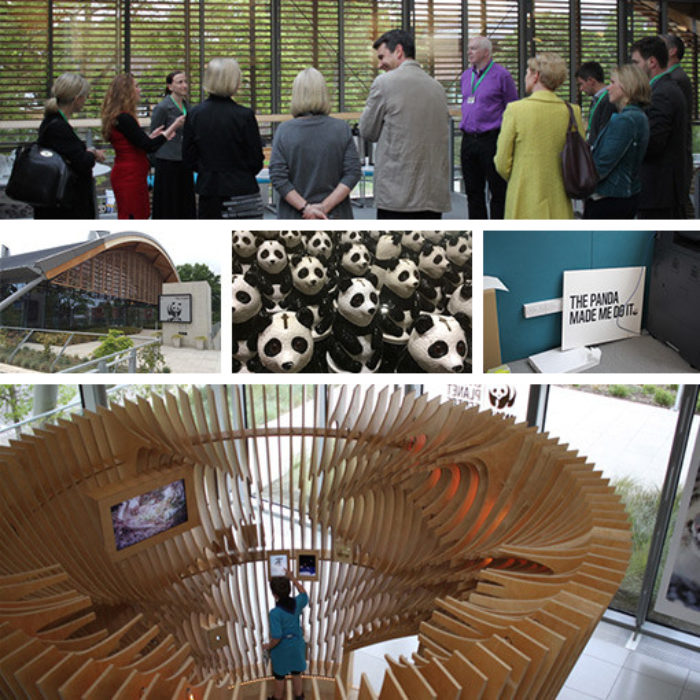Being a human organisation (part 9): Have human leaders
Welcome to the final part of this nine-part series on how to be a more human organisation. In previous articles, we’ve looked at how Human Organisations understand people and our social nature, the need for a shared purpose, and the importance of distributing power. Now, let’s close out this series by looking at the characteristics that define human leadership.
“You can get compliance top-down, but you can’t get commitment top-down.”
Mark King, former CEO, Adidas North America
Listen and act
Evolutionary biologists differentiate between two leadership types:
- Dominant leaders are certainly decisive. Yet, at their worst, they demand support, use fear, and thrive on conflict. Remind you of anyone in your organisation?
- Earned leaders (or, in the jargon, prestige leaders) listen. They have empathy. They persuade.
Great leaders can pivot between both dominant and earned leadership types. They know when to listen and when to act. They consult, welcome challenge and earn respect. They also make decisions, clarify direction and remove uncertainty.
Be open to transformation
Sir Christopher Harding was Chairman of United Utilities. For fun, he was a pocillovist (look it up). He was also a man with great natural human empathy, an earned leader. He knew everyone by name, and was interested in their wellbeing, and that of their family. If you worked with him on a project, he’d send you a handwritten note of thanks. And he took time off each year to write Christmas cards to his huge network of contacts. He knew his way around business, politics and communities. He exemplified the human organisation.
Human leaders like Sir Christopher are open to transformational change. Feike Sijbesma was the Chief Executive of Royal DSM until 2020. The organisation was set up in 1902 as Dutch State Mines. Feike said: “We used to be one of the most polluting industries and companies in the world. We transitioned from a coal-mining company to a bulk chemical company”. In the 1990s DSM “entered into a new transformation” when it pivoted to a focus on nutrition, health and sustainable living. DSM says the company name now means ‘Doing Something Meaningful’.
Revisit your roots
In a human organisation, leaders go where humans hang out. The key humans for a business are employees and customers. Experiencing your company from their perspective involves being there – what manufacturing companies have called ‘gemba walks’. ‘Gemba’, in Japanese, means ‘the actual place’. Toyota call this ‘genchi genbutsu’ or ‘go and see for yourself’.
Another useful term from Toyota’s manufacturing process is ‘nemawashi’, or ‘going around the roots’, which means sharing information with key people about decisions that will be made. It creates engagement and eases the introduction of change.
Understand your character
Human leaders have character – integrity, authenticity, a spine – even if it means taking on other power hierarchies in an organisation. For example, shortly after being appointed new CEO of Olympus, Michael Woodford discovered that hundreds of millions of dollars had been paid to obscure companies. He called it out and was sacked. He fought back, leading to the resignation of the whole board of Olympus and several arrests.
The character of an organisation is not the same as the character of an individual. An organisation’s character is captured in its strength and originality, in its mental and moral qualities, and the reputation it earns. There are 12 characteristics that define an organisation: its origin story, its ownership, its purpose, its long-term vision, its beliefs, its innovations, its daily practices, its distinctive products and services, its business model, the personality of its founders, the personality of current leaders, and the customer experience. That character is then brought to life by the stories it tells and the actions of its people.
A great example of an organisation strengthening its character was the Co-op’s ‘Back to Being Co-op’ strategic programme. This saw the retailer refocus on what made it special: its founding ethos. This theme underpinned a series of experiential and emotional events for 55,000+ Co-op colleagues across the UK. It used an interactive narrative, told through facilitator actors, that helped knit together all the elements of the Co-op story: from its founding principles, to its new membership proposition, refreshed brand and ‘Ways of Being Co-op’. All of this was shared in a way that every colleague could relate to and pass on to the customer.
So, in summary, how do you encourage leadership that is empathetic and decisive? Be open to transformation, revisit your roots, define and live your character, and let your personality shine through.
Ready to get started?
As discussed above, this is the final part of our nine-part blog series on the characteristics of the human organisation. You can catch up on previous instalments by downloading our report: The Human Organisation
And if you want a chat about how to make your organisation more human, and how to future-proof your business, drop me a line at John.Drummond@CorporateCulture.co.uk




